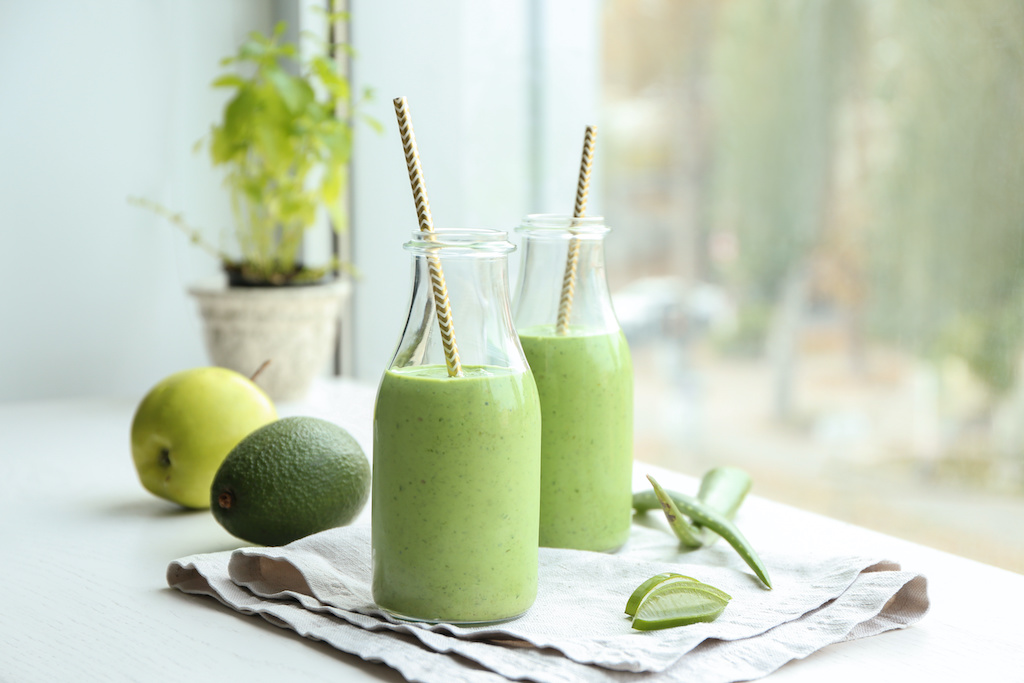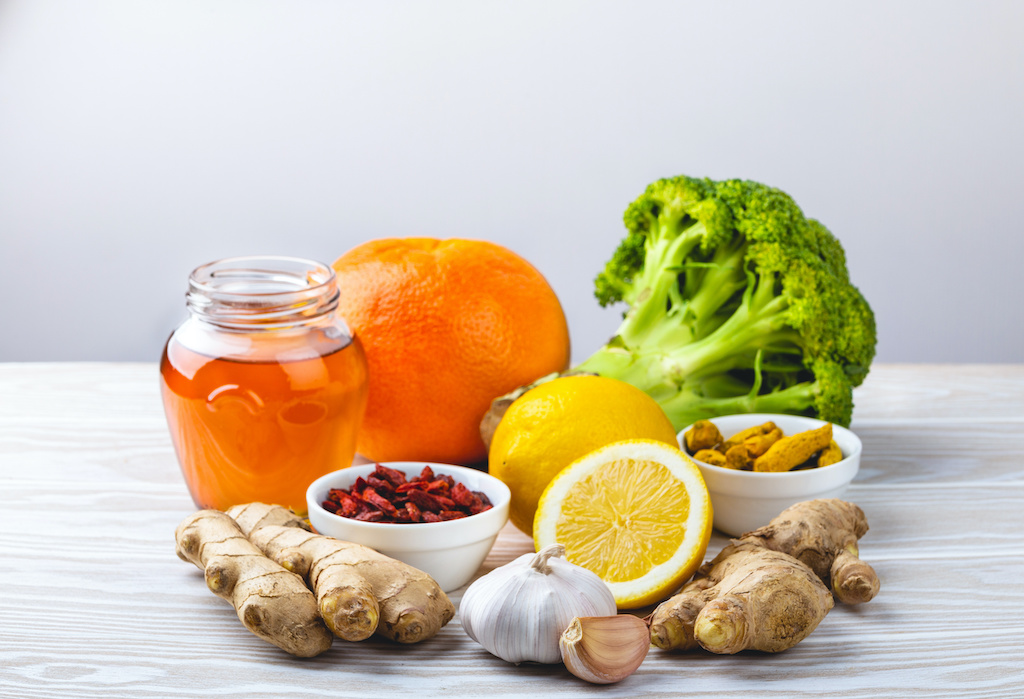The period following the holiday season is the ideal time to begin a few days of detoxification. But what foods should you choose and how do you develop your personalised detox programme? This healthy habit is an excellent way to get the year off to a good start.
Why do a detox after the holidays?

A detox is a very short diet, usually followed for 1 or 2 days or a maximum length of 7 days. The principle is to put the body at rest with light menus that promote the elimination of toxins. After the end of the year celebrations and potential overindulgence, a dietary detox programme has many advantages:
- Purifying the body by calling on the emunctory organs, responsible for eliminating toxins and metabolic waste: The liver, skin, lungs, kidneys, intestines, etc.
- Limiting fat and water storage by stimulating the kidneys and liver and eating only healthy foods.
- Allowing the body to rebalance itself by reducing the demands of the digestive system: Generally, a detox cure is accompanied by a reduction of fatigue, physical and mental wellness and a boost of energy.
- Starting the year on a good foundation of healthy foods, highlighting healthy ingredients and thinking about how to consume them regularly.
7 detox foods to try now

These 7 detox foods full of benefits will quickly become an essential part of your menu:
- The artichoke, king of the dietary detox programmes: Rich in antioxidant polyphenols, especially cynarine, it stimulates the gall bladder. It also promotes the natural evacuation of bile. This action is reinforced by fructans; beneficial fibres for the digestive system that support the metabolism of lipids.
- Garlic, especially raw garlic, has cardioprotective and antimicrobial properties. It could play a role in reducing total cholesterol levels, taken in sufficient quantities over the long term. Rich in selenium and allicin, it stimulates the liver, which makes it useful as part of a detox treatment. It also contains a lot of antioxidants.
- Hypocaloric and rich in potassium, asparagus has diuretic effects useful for supporting kidney function. This healthy vegetable composed of fibre and 90% water is a precious source of vitamins that can help you lighten your menu while enjoying good flavour.
- Cranberries are considered to be the fruit richest in antioxidants: After excess food, choose cranberry juice to rehydrate yourself.
- At the base of many detox treatments, lemon provides vitamin C and helps regulate blood sugar levels. Its tart taste stimulates the taste buds, which promotes good digestion. It is also an excellent diuretic and contains flavonoids, which prevent free radical damage.
- Celery is rich in minerals and has diuretic properties. Considered a natural prebiotic, it provides fibre, vitamins and antioxidants while stimulating the synthesis of digestive juices in the stomach.
- A source of iron, thiamin, fibre, vitamin B1 and antioxidants, cabbage in all its forms is a slimming food that helps you stay healthy, thanks to its involvement in various processes, such as digestion, energy production and blood oxygenation.
Your year-end, post-holiday detox treatment

With a 2-day detox after the holidays, start the year feeling fit and rested. Then, if you wish, you can repeat the treatment once or twice a year at the change of a season or after the holidays, for example. Ideally, you should include detox foods in your daily meals so that you can enjoy their benefits all year round!
Foods to avoid during a detox
During your detox programme, avoid certain foods:
- Sources of fat.
- Dishes and sweets containing refined sugar.
- Alcohol.
- Coffee, and more generally, caffeine, even if some detox programmes allow green tea, which is rich in antioxidants.
- Red meat.
- Excess dairy products, especially butter and cream.
- Processed food.
2-day detox: Menu ideas
Here is an example of a 2-day detox treatment:
- Day 1:
- Breakfast: 1 glass of lemon water without sugar, rooibos (a caffeine-free red bush tea drink), a bowl of oat flakes, cottage cheese and red fruits, 1 kiwi fruit.
- Lunch: Steamed asparagus with lemon juice, haddock fillet with herbs and spices, 1 apple and chestnut compote.
- Snack: Shredded coconut, 2 dates, 1 piece of fresh fruit.
- Dinner: Pumpkin, carrot, leek and turmeric velouté, 1 plain yoghurt (plant-based if you wish), 1/4 fresh pineapple sprinkled with slivered almonds.
- Day 2:
- Breakfast: 1 large glass of water, homemade sugar-free smoothie with banana and skimmed milk (or vegetable drink), Brazil nuts, ½ grapefruit.
- Lunch: Filet mignon marinated in lime and herbs, tomato and coriander dip, blanched and braised chayotes with a portion of basmati rice, fresh lychees.
- Snack: Vegetable sticks with garlic and chive cottage cheese.
- Dinner: ½ avocado, 1 boiled egg with 1 slice of spelt bread, 1 portion of homemade ratatouille, 2 clementines.
Check out our Health & Fitness page for more advice.
